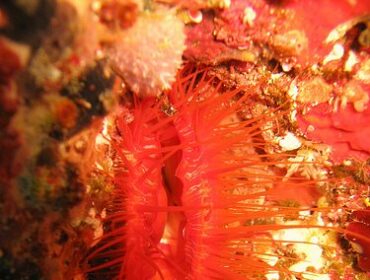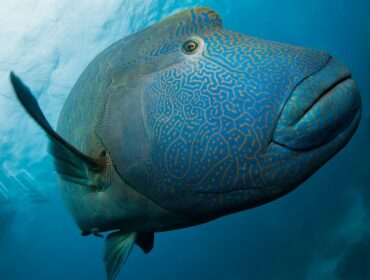Amongst all underwater creatures, the curious-looking nautilus is the one creature that fascinates me the most. The Nautilus is known as the living fossil due to the fact that it has remained largely unchanged for almost 400 million years. Found in abundance in prehistoric times, the nautilus’ numbers have dwindled and only a handful of its species remains today.
The nautilus which gets its name from the Greek word meaning ‘sailor’, is a mollusk and a member of the cephalopod family. It is closely related to other cephalopods such as the squid, cuttlefish, and octopus. And just like the other members of its family, the Nautilus too uses water jet expulsion to propel in quick bursts across the ocean.
Part of the mystery shrouding the life and habits of this prehistoric creature is the fact that it usually inhabits depths of about 300 m, rising to around 100 m at night only for feeding, mating or laying eggs. It is known that the average lifespan of a nautilus is around 20 years, and it lays its eggs on rocks in shallower waters.
Nautiluses are found only in the waters of the indo-pacific and inhabit the deep slopes of coral reefs. Being predators, they feed mainly on shrimp, small fish and crustaceans, which are captured by the tentacles. Due to the limited energy expended in swimming, they need only eat once a month.
The declining numbers of the Nautilus has been attributed to the harvesting of this creature by man for its stunning shell, which is used in creation of jewelry. Though the sale of its shell is banned in most countries around the world, this practice still carries on much to the disappointment of conversationalists and divers who have been mesmerized by the beauty of this living fossil.




